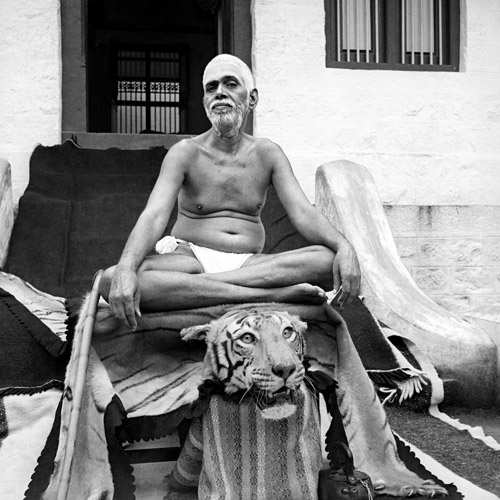Someone sent me a quote that balipriya as per Bhaskararaya means ‘(She) who loves the strong’. Where does this come from? Lalita Sahasranama (LS).
The term balipriya is widely used for most Mahavidya-s in their stotras, stutis and sahasranamas etc.
Does bali mean strong? One interpretation is that. The more standard meaning is very simply offerings to gods. Offerings could be a) pashu, then it becomes pashubali b) vegetarian food offerings.
In innumerable texts of tantra, especially those followed in areas where vamacara is prominent, details of pashubali are mentioned. It is not even a debate, it is a reality that has lived for more than 2000 years. So balipriya is categorically taken to mean ‘one who loves sacrificial offerings’. The Mahavidya sahasranamas also mention ‘बलिपूज्या’,’बलिरता’, ‘बलिदाननिवासिनी’, etc. all indicating the deity’s special love for sacrifices. Also one will find ‘raktapriya’, ‘raktadantika’ etc. Some satwik interpretations indicate that rakta means passion so raktapriya means ‘One who is passionate’, so would raktadantika mean one whose teeth are passionate? Sounds absurd!
So two questions arise.
a) Is Bhaskararaya’s interpretation universal?
Not at all. In fact even in the tradition of LS there is another commentary called Jayamangala by Bhatta Narayana where in a few places there are differences in interpretation. In the introduction to this commentary, P.G. Lalye mentions how and where it differs and how some of the interpretations are more accurate than that of Bhaskararaya. It is a matter of interpretation and while Bhaskararaya remains a great name no doubt, it is not without at least one counter-narrative within the Sri Vidya tradition itself.
Coming to the Kalikula, or the areas where vamacara was the historical norm, Sri Vidya is not the default setting, nor is Bhaskararaya a much studied name or commentary. Those who have attained great depth and success in Kalikula, like Brahmananda etc, went on to compose tantric texts like Tara Rahasyam, in which there is zero confusion about pancha tattwa offerings of things like that of bali.
This whole business of bali means inner pashu or outer pashu, or bali means strong or not, etc is only in the Sri Vidya tradition, not in Kalikula or Kaula tantra related practical traditions.
There is a Jyotisha reason for it, which will be mentioned at the end of this article.
b) Are all interpretations by a famous master sacrosanct always?
No.
The same verses of Gita and Brahma Sutra etc have lent themselves to diametrically opposite interpretations from Adwaita to Dwaita vedanta. How is that possible? Because even great acarya-s have their personal viewpoints and biases and that will reflect in the way they read or interpret some terms or phrases, especially so when one reads a text with a previous notion and then looks for evidence to establish that, instead of trying to read plainly what the text might be telling. It is all too human even at that level.
Therefore varied interpretations are natural and it is always going to be subservient to the actual practice. Therefore the debate about whether balipriya means ‘She who loves bali (sacrifices)’ or not, is never a debate in vamacara readings; the matter is as clear as daylight.
Only in the schools of tantra which developed in the social atmosphere of subservience to vedantic norms did the interpretations have to be tailored to suit the narrative.
This is the absolute reality.
PS: From the POV of Jyotisha, Tripurasundari is the Devi of Budha, while Kali is the devi of Shani. Budha is always prone towards verbosity and scholarship, while Saturn is a graha of karma and practicality, putting scholarship or theory in secondary place, if at all. It also can lead one to cremation grounds and death related rituals, all of which happen in Kalikula.
This is easily reflected in the way the two traditions have developed over centuries.



1 Comment
Samridh
True.
It is not wise to run away from the fact that Bali was an integral part of Hinduism in the BCE era. Even a cursory reading of the Brahmanas will tell that Pashubali was extremely common and sometimes essential for certain Yajnas. However, the practice was subject to obscurity as the Mimansik and Vedic Homa lineages declined. Consumption of meat without Bali or offering to Grahpatya Agni is a severe sin in Shrutis. Perhaps this disappearance of methods and purohits to conduct proper Vedic Bali rituals and the inability of people to keep Agni at home was the reason why consumption of meat and Bali was barred for uninitiated common people in the best of their interests?